How Our Users Value COMaP:
It's great to see "across the border" of our jurisdiction to see how we fit into the bigger picture.
COMaP provides the most common background for all maps I produce.
Denver Water has used COMaP as an integral component of its geographical information system since 2005. Many maps and analyses require land ownership — COMaP provides this information on federal, state, county-owned and privately owned open space lands, many of which are adjacent to Denver Water facilities.
Pretty much every map we create in the office utilizes and illustrates COMaP data.
We use COMaP in a number of ways including resource management, conservation easement documentation, recreation planning, and general analysis of local land ownership, etc.
I use COMaP for every conservation easement baseline documentation report I prepare. I have prepared baselines for about 200 properties in Colorado.
Anytime we need to show adjacent public land ownership or management. COMaP is the definitive dataset.
Spatial data from COMaP is used to fill in gaps where we could not collect the shapefiles ourselves.
As archaeologists, we need to know ownership for all lands we survey and perform excavations on. I use COMaP for virtually every project. It's great having all that ownership info in one place.
COMaP is an essential part of my work aggregating a national database of protected areas in the United States. The high spatial quality and complete attribution are valuable to me and my work.
COMaP data is especially important during wildfire season when we need to quickly obtain fire locations, map their proximities to Denver Water-owned land, and determine which facilities are at risk.







